The Corporate Sustainability Reporting Directive (CSRD) has emerged as a pivotal framework aimed at enhancing transparency and accountability for businesses concerning their relationship with nature. In this article, we delve into the intricacies of CSRD, exploring its significance in the realm of nature and biodiversity, and shedding light on the mandatory reporting standards that businesses must adhere to.
CSRD and its commitment to nature & biodiversity
The CSRD sets out to elevate the availability and reliability of sustainability information, fostering a culture of transparency around companies' impact on people and the environment. In the context of nature and biodiversity, CSRD takes a step further by expecting businesses to develop robust transition plans to ensure their strategies and business models refrain from causing significant harm to nature.
This involves a commitment to respecting internationally recognised biodiversity targets, measuring impact, and monitoring progress through biodiversity- and ecosystem change-related metrics. The standards also encourage companies to start quantifying the potential financial effects of biodiversity and ecosystem-related risks and opportunities.
Adhering to European Sustainability Reporting Standards (ESRS)
To operationalise CSRD and ensure that corporate sustainability reporting within the EU becomes reliable, companies falling under its scope are required to adhere to the European Sustainability Reporting Standards (ESRS), adopted by the European Commission in July 2023.
These standards encompass 12 key standards categorised into general, environmental, social, and governance reporting. Of particular note is ESRS E4, focusing on biodiversity and ecosystems, outlining the disclosure requirements necessary for businesses across all sectors. All companies covered by the CSRD will be required to align their corporate sustainability reporting according to them with an effective date of January 1st, 2024.
ESRSE4: Biodiversity and Ecosystem Disclosures
ESRS E4, a vital segment of the European Sustainability Reporting Standards (ESRS), takes center stage in the realm of corporate sustainability reporting, particularly when it comes to biodiversity and ecosystems.
This standard is your compass for navigating the intricate landscape of nature impact assessment. Going beyond mere compliance, ESRS E4 invites businesses to explore both the positive and negative dimensions of their influence on biodiversity, both in the current landscape and potential future scenarios.
This framework, not only ensures regulatory alignment but sets the stage for companies to showcase excellence in biodiversity reporting. Embracing ESRS E4 is not just a mandate; it's an opportunity for businesses to proactively contribute to a culture of transparency and accountability in the evolving landscape of nature governance.
Key CSRD questions for your business:
To align with CSRD and ESRS E4, businesses must address key questions:
- How does your business contribute to the objectives of the European Green Deal, Sustainable Development Goals (SDGs), and the Global Biodiversity Framework (GBF)?
- Can the business evolve its operations to eliminate contributions to ecological damage?
- Does the business understand the operational risks associated with deteriorating ecosystems and the potential opportunities linked to nature protection and conservation?
- How is the business actively managing these risks?
Future-Proofing Your Business with CSRD
ESRS E4 specifies the information that must be disclosed about biodiversity and ecosystems across all sectors. Specific sectoral disclosure will be defined by ESRS SEC 1 Sector Classification and the CSRD requirements are expected to be in place for financial years beginning on or after 1 January 2024 by large publicly traded entities that have more than 500 employees at the same time (i.e. entities already subject to the Non-Financial Reporting Directive) and by 2025 for other large companies.
As businesses navigate the CSRD landscape, understanding the nuances of ESRS E4 is crucial for meaningful sustainability reporting. By addressing the key questions and embracing the standards outlined, companies can not only comply with regulatory requirements but also contribute positively to the preservation and enhancement of nature and biodiversity. Embracing these changes positions businesses to thrive in an era where environmental responsibility is integral to corporate success and establishes the operability needed for a future where scrutinised reporting on biodiversity is mandatory.
How NatureMetrics can help with CSRD reporting
NatureMetrics offers an end-to-end service to support businesses in their CSRD journey:
- Assess where companies are in their nature journey and advise on organisations nature-related governance and strategy
- Double materiality screening of nature-related dependencies, impacts, risks and opportunities
- Establish credible nature-related targets and metrics
- Nature-positive roadmaps and delivery plans
- Mapping business assets and assessing impacts using eDNA and earth observation.
- Setting science-aligned targets and providing monitoring frameworks.
- Translating complex biodiversity data into intuitive metrics through their nature intelligence platform.
In particular, NatureMetrics can deliver 75% of CSRD recommended metrics, through our product suite and consultancy offering.
By taking a systematic approach and getting started now, businesses can navigate the CSRD landscape, assess dependencies and impacts, set strategic priorities, and demonstrate progress to stakeholders, paving the way for a sustainable and nature-positive future.


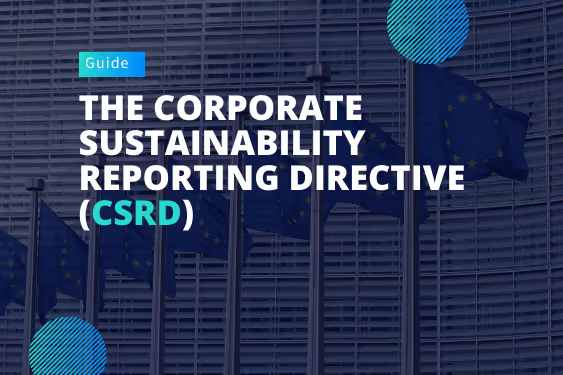
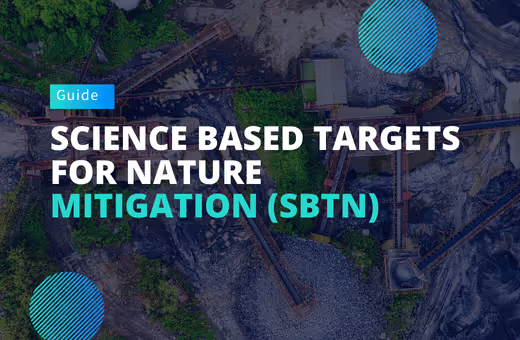
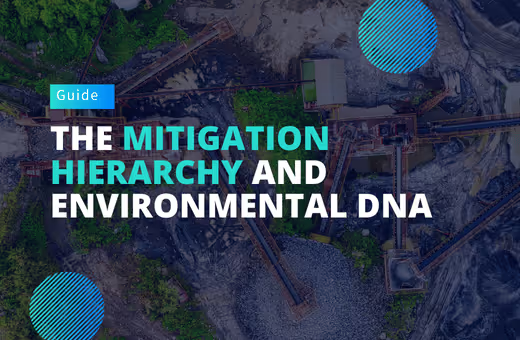
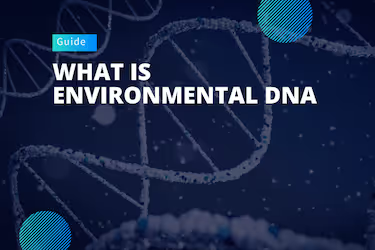
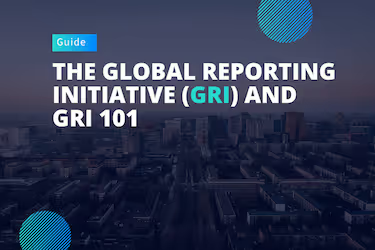
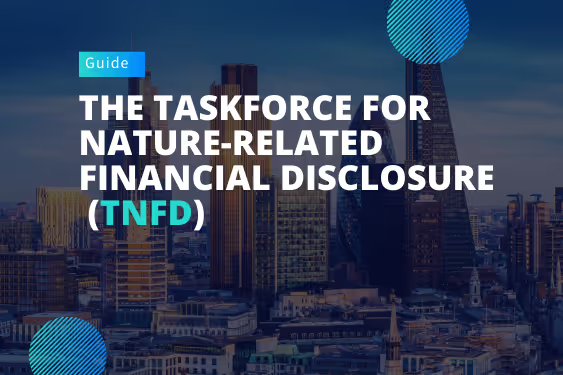
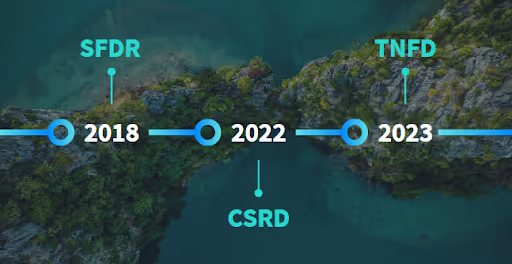


.png)


